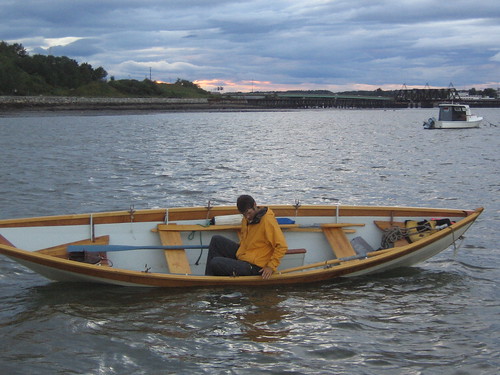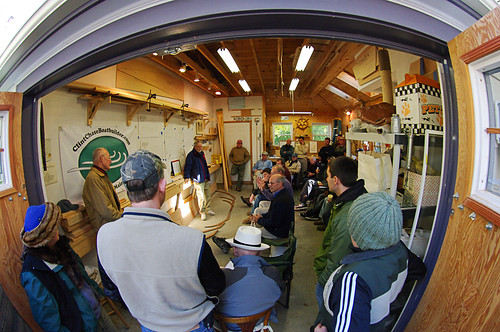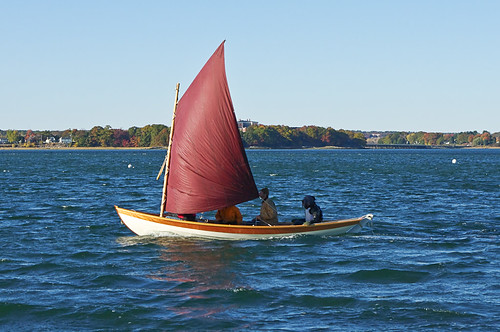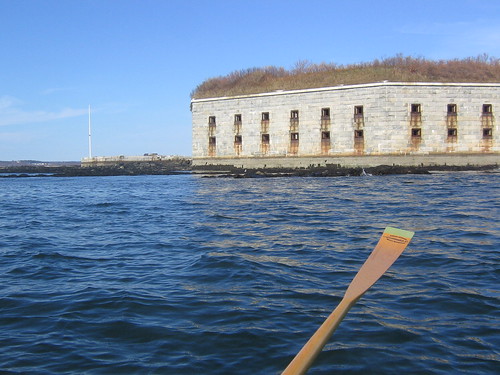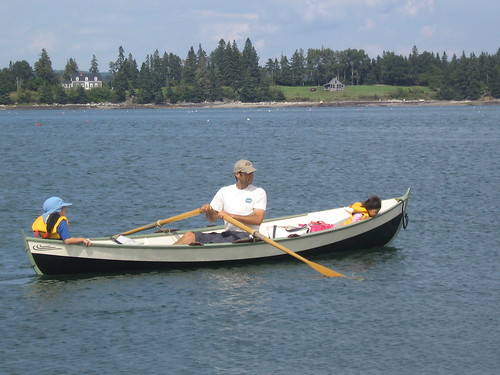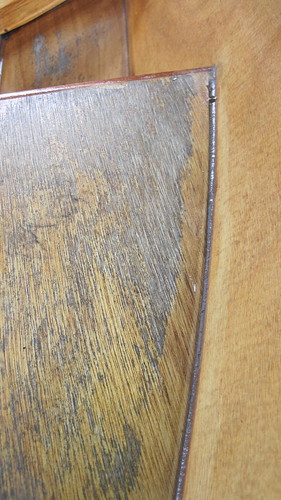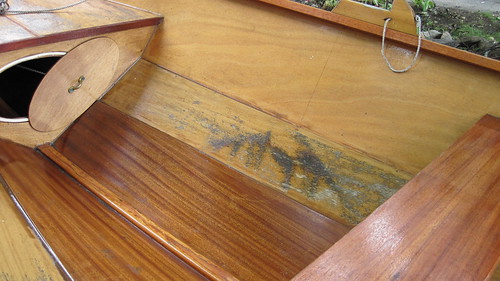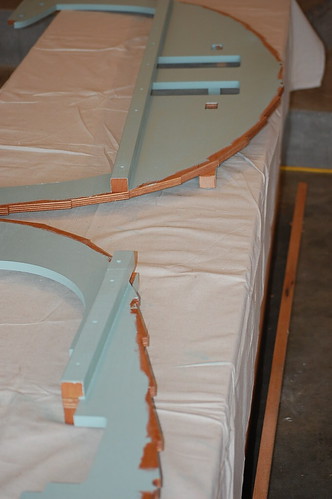
 Francois Vivier and Clint Chase are busy designing a new dayboat/weekender. This has been a fun collaboration and we have a lot more work to do. By this time next year, it is planned that we will be building this boat in our shop for our family use and for showing in 2012. Francois's boats are designed with a CAD-CAM approach, meaning the drawings are done in the computer, files are generated, and these files can be used to do CNC cutting of all the drawn boat parts, such as bulkheads, molds, and planking. Some of the design requirements were:
Francois Vivier and Clint Chase are busy designing a new dayboat/weekender. This has been a fun collaboration and we have a lot more work to do. By this time next year, it is planned that we will be building this boat in our shop for our family use and for showing in 2012. Francois's boats are designed with a CAD-CAM approach, meaning the drawings are done in the computer, files are generated, and these files can be used to do CNC cutting of all the drawn boat parts, such as bulkheads, molds, and planking. Some of the design requirements were:·To be trailerable by an ordinary car, and therefore light, and be able to beach temporarily for loading/unloading.
·To have a large, wide and deep cockpit, comfortable, allowing for fishing and a place where children could be safe.
·To have a stable hull for family sailing but give excellent performance for weekend sails “with the guys”.
·To have a cuddy cabin, with a toilet for women and children, a small galley to heat some meals and two berths to spend a night or two on board, or for napping.
What I am most excited about is getting my kids out sailing again.


